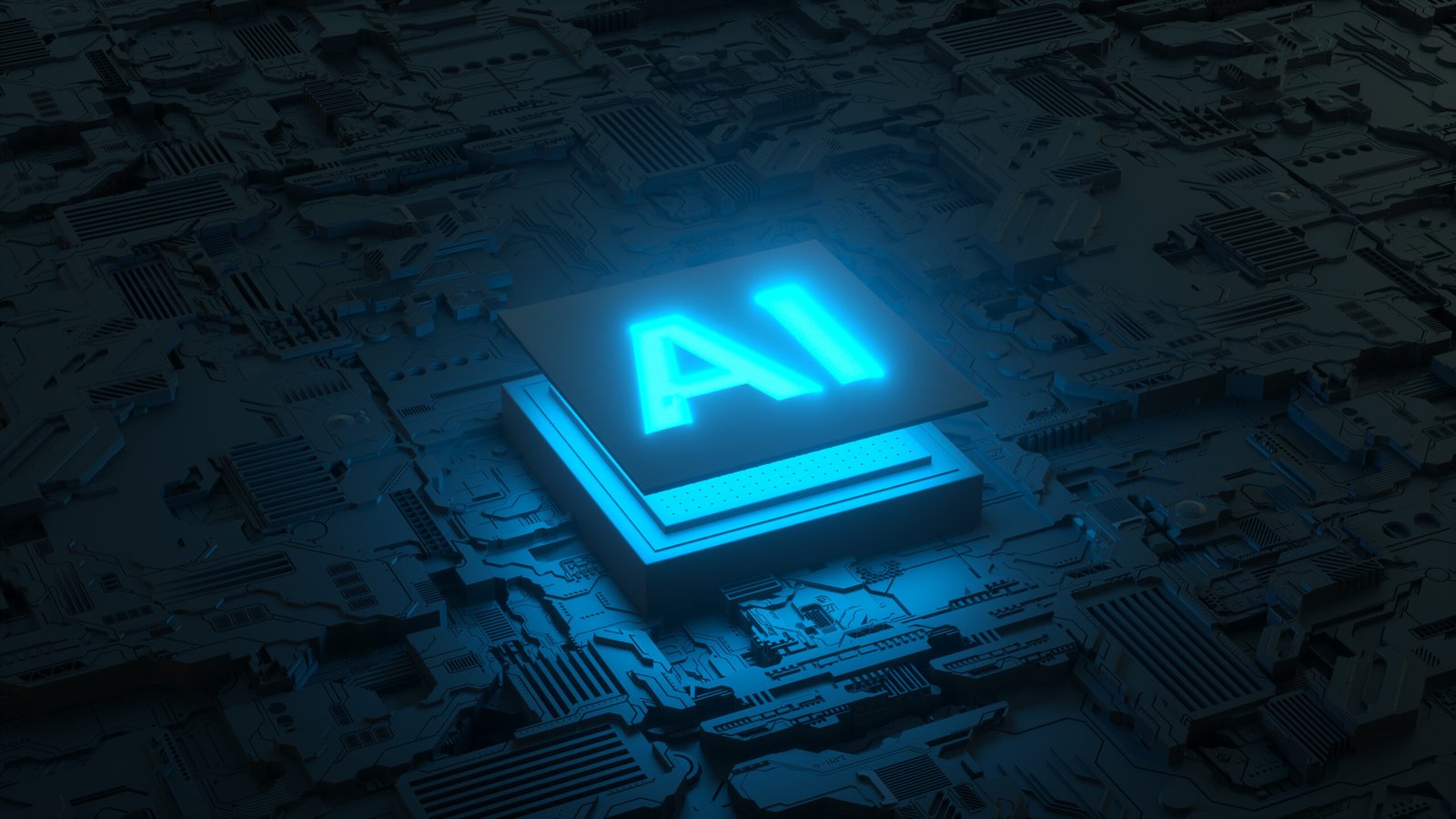IOT trends in 2024
IOT is more prevalent than ever; it is estimated that there will be more than 207 billion devices connected to the internet by the end of 2024. Surprisingly, most of these devices will not be computers or smartphones but smart devices powered by AI artificial intelligence, capable of making their own decisions.
The demand for IOT only seems to increase and as more people get used to the idea of IOT technology and wearable devices, this trend doesn’t seem to die anytime soon.
In this blog, let’s explore the IoT trends in the IOT world in 2024.
What is IOT?
Internet of Things involves the interconnection of everyday objects and devices to the internet, enabling them to collect, process, and exchange information with the least amount of human intervention. These interconnected webs of smart devices increase efficiency and convenience and have a wide array of applications.
Today, IOT devices have applications in homes, industries, cities, and healthcare, transforming the way we live and work.
Top IOT trends in 2024
AIoT—Artificial Intelligence of Things
When we call devices connected to IOT smart, we usually mean connected, but according to recent trends, they are about to become actually smart with the integration of artificial intelligence and machine learning. AI and IOT work really well because, at its core, Artifical Intelligence is data-driven and focuses on learning, while Internet of Things generates massive amounts of data, creating a symbiotic relationship.
Many companies are working on improving AI’s ability to process data derived from IOT devices. Integrating AI models in IoT allows for real-time insights, improved applications, and localised learning. This integration of AI with IoT is called Artificial Intelligence of Things. Some of the major applications of this technology include predictive maintenance, fault detection, and edge computing.
IOT in healthcare
Healthcare is another industry where IOT has a lot of scope for growth; this was accelerated during the COVID-19 pandemic. It gave rise to virtual consultations and digital diagnostics. IoT-enabled smart devices allow patients to keep track of their vitals throughout the day through wearable devices or other connected devices.
Some of the use cases of IOT in healthcare are personalised medicine, real-time monitoring, remote treatment, preventive healthcare, and emergency response systems. The term coined for this type of IOT is the internet of medical things or the internet of healthcare things. This industry is expected to reach a valuation of $150 billion this year and around $289 billion by 2028.
IoT in Sustainability
Sustainability is no longer just an option for organisations and is now a major objective for corporations around the globe. This is also enforced by customer choices, such as opting for sustainable products and organisations. IOT sensors can be used to see if buildings are efficiently using electricity, lighting, and heat and where efficiency can be improved.
IOT tracking can help in tracking goods, intelligent route planning, reducing rejections and empty returns, which further eliminates unnecessary journeys, fuel consumption, and CO2 emissions. IoT sensors that monitor air quality can be used to detect forest fires early on.
IoT in security
Security and privacy of data must be the top priorities of customers in this digital age when building smart and connected technology. As the number of connected technologies rises, so does the associated risk. To address this type of cyber risk, many companies are making efforts to safeguard against malicious activity.
Blockchain is emerging as a popular solution for security concerns. Its decentralised and tamper-proof record-keeping addresses security and scalability concerns.
Digital Twins
A digital twin uses IoT sensor data to construct detailed digital replicas of various products or systems, ranging from manufacturing facilities to commercial spaces. This allows the product to be thoroughly tested digitally before implementing it in the real world.
A digital twin can provide accurate simulations of how the program would function in the real world without actually risking any resources. Fortune Business Insights valued the global digital twins market at $6.75 billion in 2021 and predicts it will reach a valuation of $96.49 billion by 2029.
IOT learning hub believes in the potential of IOT and its future. Our goal is to mould and transform eager students into IOT experts of tomorrow. Our course is taught by industry experts with hands-on experience, they can guide you on your journey to become an IOT engineer. Our online learning modules offer flexibility and enable you to learn from anywhere at your own pace.





Comments are closed